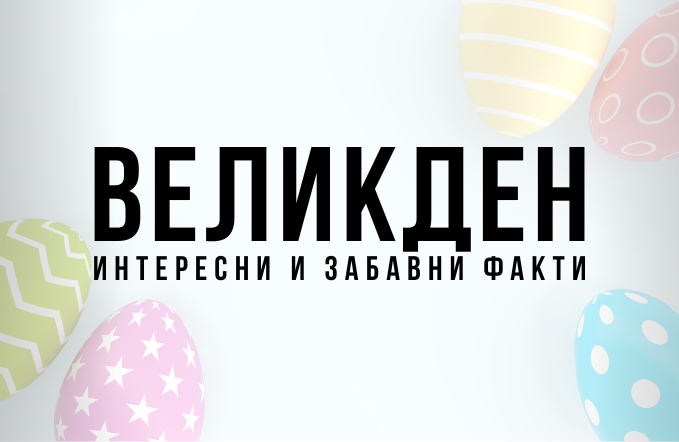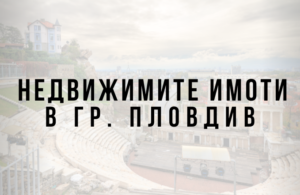
Interesting and fun facts about Easter
Easter is a holiday that both children and adults look forward to!
It’s not just a celebration of cossacks, chocolate eggs and lamb. Above all, it is one of the holiest Christian holidays, based on the miracle.
For many people, Easter is a time to worship the work and sacrifice of the Son of God. Most often we associate this holiday with dyeing, swapping and cracking eggs for health, as no matter the age, each of us secretly hopes to become a “Borak”, which is associated with success and prosperity for the coming year.
History:
Dating back more than 2,000 years, Easter commemorates the central event in the Christian church: the resurrection of Jesus Christ. For Christians, it is the fulfillment of the biblical prophecy of a messiah who rises from the dead and gives eternal life in heaven to those who believe in him.
In the past, traditional ritual bread was kneaded on the Bulgarian table. The first Easter cake was kneaded by a French baker in the 17th century, but it came to our country relatively late – only in the 1920s. The tradition of sweet bread first emerged in cities, replacing traditional bread (such as kolack, parmak, cravai), as it was a product of outside influences and urban culture.
And why is lamb also one of the important components of festive customs?
Jesus Christ is presented as the Lamb of God and the lamb is associated with his death because it is sacrificed on the day of the Resurrection, it is innocent and sinless and cleanses the sins of the world. Legend has it that even on the cross they did not break his knees, as they did with everyone, to keep him whole as a living lamb. It is customary to eat lamb on the first day after a 40-day fast
It is not known when they first started dyeing eggs.
There is historical and archaeological evidence that eggs were dyed and donated in ancient Egypt, Persia, Rome, China and Greece. The rituals associated with them symbolized the birth of life.
The Jews had a custom,
when they go to visit someone, to give some gift to the host. If the guest was very poor, he gave an egg. According to Christian legend, when Mary Magdalene went to Rome to meet the Roman Emperor, following this custom, she gave him an egg that was dyed red, a symbol of the blood of Christ. Since then, the custom of Christians giving each other red-dyed eggs at Easter has entered. Gradually other colours began to be used.
In Bulgaria, eggs are traditionally dyed on Maundy Thursday or Holy Saturday, the number of eggs depending on the family members. The first is always coloured red by the oldest woman. While it is still warm and freshly painted, she paints a baptismal sign on the children’s foreheads to keep them healthy.
Some interesting and little known facts about this holiday
- The Latin name of Easter, Easter, derives from the name of the Anglo-Saxon goddess Eastre, who symbolizes the beginning of life, with which eggs are associated.
- In Norway, it is popular to solve criminal cases related to murder during Easter.
- In the Philippines, there is a tradition on this day for parents to pull their children’s hair so that they grow big and healthy.
- In the Czech Republic, Romania, Poland, Hungary and Slovakia, on the Monday after Easter it is traditional for men to sprinkle women with water and clap them with a ribbon-decorated stick. According to them, it will bring them health and beauty.
- The largest chocolate Easter bunny was made in South Africa in 2010. by Harry Johnson. The rabbit was 3.70 metres tall and weighed 3 tonnes, and was eaten by 250 underprivileged children.




